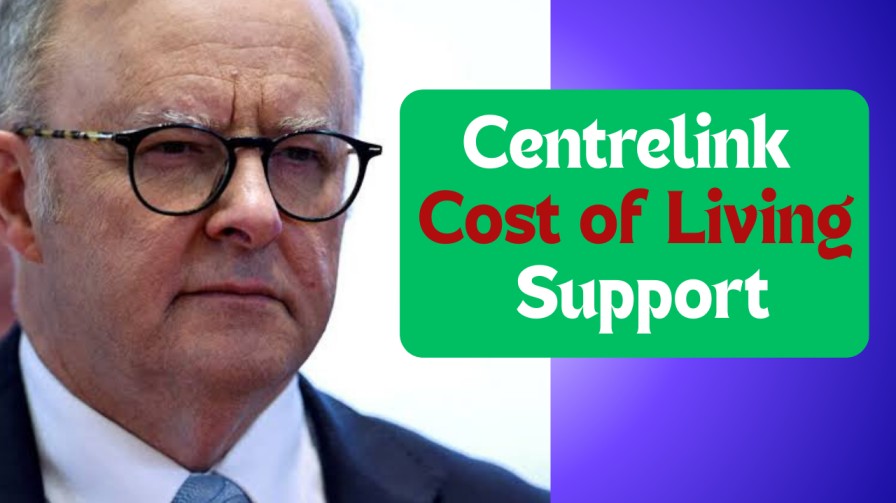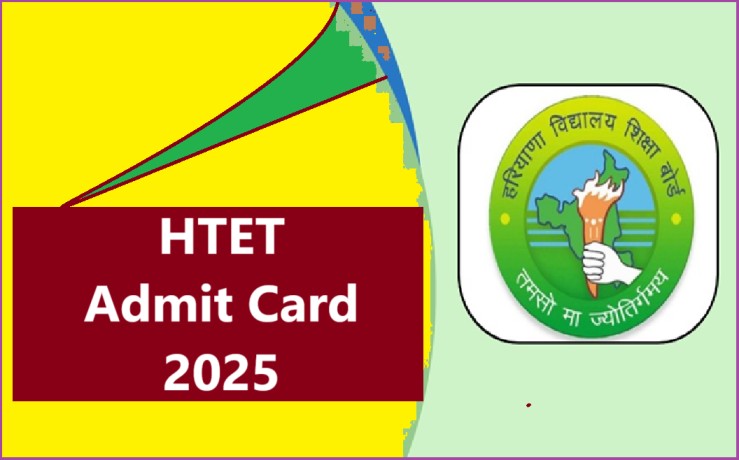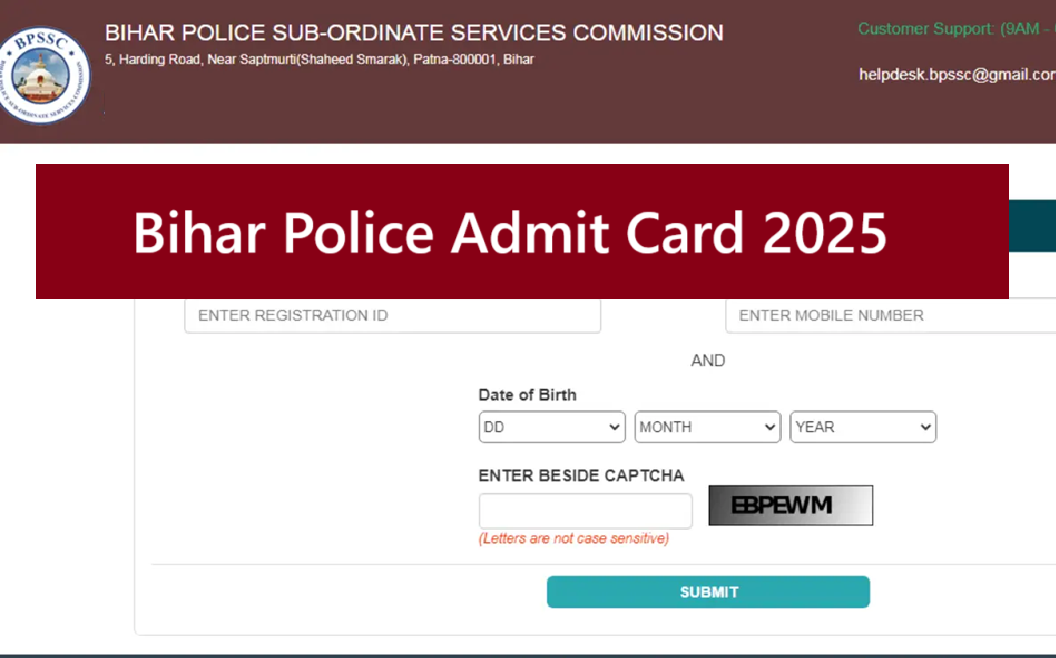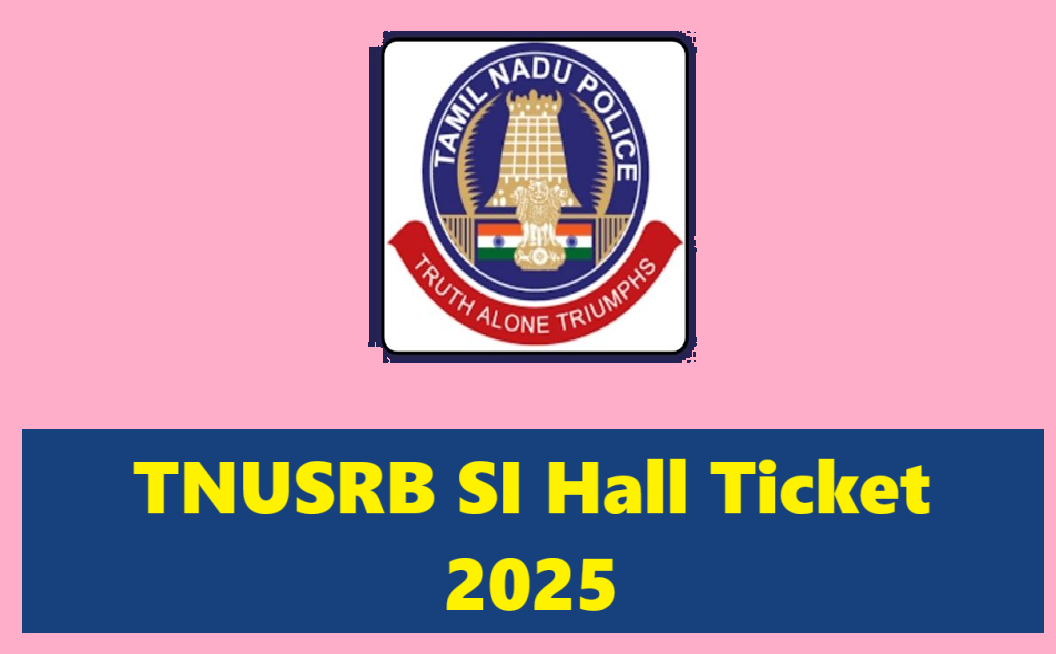As May 2025 rolls in, many Australians are feeling the squeeze of rising living costs. Everywhere, from bustling cities to regional areas, essentials like food, fuel, utilities, and rent have gotten noticeably more expensive. In fact, electricity bills have spiked by over 12% in just the past year, while rent prices in major cities have jumped nearly 9%. These increases are adding stress, particularly for families, students, pensioners, and job seekers, who are already grappling with tighter budgets.
While wages haven’t kept up with inflation, a lot of Australians still rely on government assistance to get by. Centrelink, which operates under Services Australia, is at the heart of providing financial support through social security payments, supplements, and concessions. These payments are a lifeline, offering a bit of breathing room amid the ongoing economic challenges.
For May 2025, there’s no new one-off “cost of living” bonus. However, various regular payments are still available, and they’ve been adjusted to better reflect the rise in the cost of living. These payments—such as income support, rental assistance, and energy supplements—are designed to help people manage their everyday expenses. Let’s take a closer look at the options available and how to make the most of them.
No New One-Off Payment in May 2025
Unlike previous years when one-time bonuses were announced to help combat short-term inflation, there’s no new “cost-of-living” payment this May. The government hasn’t made any announcements on a special bonus for Centrelink recipients, which means Australians will rely on the regular payment structures that are already in place.
That being said, ongoing payments have been adjusted to keep pace with inflation. For example, JobSeeker and Youth Allowance payments saw an increase in March 2025 as part of the regular indexation based on the Consumer Price Index (CPI). Similarly, the rent assistance thresholds and energy supplement rates have also been revised upwards, making them more aligned with current living costs.
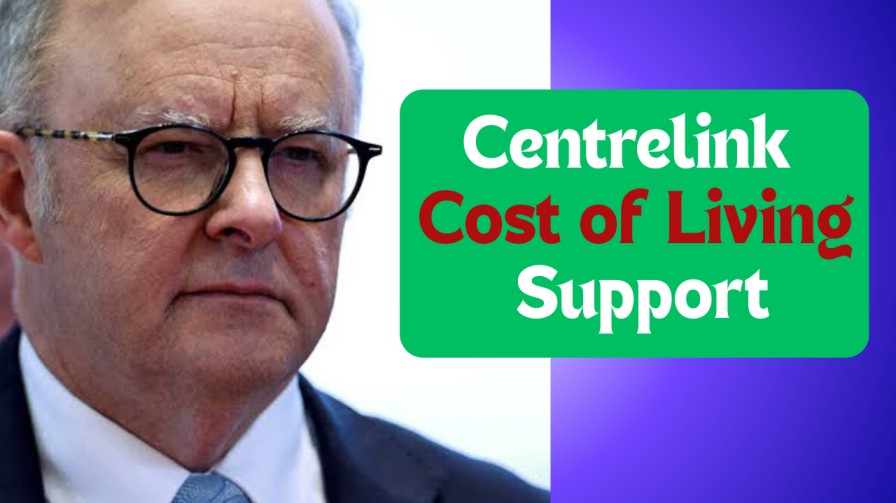
Key Centrelink Payments Helping with Living Costs
If you’re receiving Centrelink payments, there are a few key supplements that help cover specific living expenses. These payments can be particularly helpful during the colder months when utility costs—especially heating—tend to increase.
Rent Assistance
Rent Assistance is a non-taxable supplement paid every fortnight to those who already receive another Centrelink payment and are paying rent. This assistance is automatically added to your regular payment and doesn’t require a separate claim. The amount you get depends on your rent, your household structure, and how much rent you’re paying. Here’s what you can expect in May 2025:
| Household Type | Maximum Payment per Fortnight |
|---|---|
| Single (no children) | $184.80 |
| Single with 1–2 dependent children | $217.28 |
| Couple (combined, no children) | $174.00 |
| Couple with 1–2 children | $217.28 |
Rent Assistance eligibility kicks in once your rent exceeds a minimum threshold, and it increases based on the number of people in your household.
Energy Supplement
Energy prices tend to rise when temperatures drop, and May is when many households start feeling the pinch. The Energy Supplement is an automatic, tax-free payment added to certain Centrelink benefits. This supplement helps recipients cover part of their electricity and heating costs.
Here’s how it breaks down:
- Age Pension (single): $14.10 per fortnight
- JobSeeker (single): $8.80 per fortnight
- Youth Allowance (single): $8.80 per fortnight
The Energy Supplement is automatically added to your Centrelink payments, so no separate claim is necessary.
Family-Related Supplements Available in May 2025
For parents and caregivers, the Family Tax Benefit (FTB) offers additional financial support. FTB includes two parts: Part A and Part B, both of which are designed to help families cover the ongoing costs of raising children. Families may also be eligible for lump-sum FTB supplements, which are typically paid between May and July, following tax lodgement.
Family Tax Benefit (FTB)
| Type of Supplement | Maximum Annual Amount |
|---|---|
| FTB Part A | $827.20 per child |
| FTB Part B | $402.30 per family |
To get the FTB supplement, families must meet certain obligations, such as keeping up with school and immunisation requirements for their children. Also, ensure that you’ve lodged your tax return for the 2023–24 financial year, or the supplement might be delayed or denied.
Support for Jobseekers, Students, and Young People
JobSeeker Payment and Youth Allowance are crucial forms of support for those who are unemployed or engaged in study or training. In May 2025, these payments were increased through indexation, which means recipients are getting a little more help than before.
Here’s what you can expect:
- JobSeeker (Single, no children): $761.30 per fortnight
- JobSeeker (Single, with children): $816.90 per fortnight
- Youth Allowance (18+ living away from home): $639.00 per fortnight
- Youth Allowance (18+ living at home): $395.30 per fortnight
These payments often come with additional benefits, such as rent assistance and relocation scholarships. Some students may even qualify for the Student Start-up Loan, ABSTUDY, or other education-related supports.
Extra Help from States and Territories
In addition to Centrelink’s national-level payments, each state and territory offers its own cost-of-living relief programs. These programs often come with their own eligibility requirements and may require separate applications. Here’s a quick look at some of the state-based support available:
- New South Wales: Low Income Household Rebate (up to $350/year for energy bills), Seniors Energy Rebate
- Victoria: Utility Relief Grant Scheme, Winter Energy Concession
- Queensland: Electricity Rebate ($372.20/year for concession card holders)
- Western Australia and South Australia: Regional subsidies, cost of living concessions, and fuel rebates
These programs are especially helpful for seniors, carers, and people with disabilities. Make sure to check with your local government for more information and guidance on how to apply.
How to Check Your Eligibility and Apply Correctly
It’s easy to miss out on payments if you’re unaware of what’s available or if your circumstances change without being reported. To ensure you’re getting everything you’re entitled to, here are a few practical steps:
- Log in to your MyGov Account and check your Centrelink payment summaries.
- Use the Services Australia Payment and Service Finder tool to find out what other supports you might be eligible for.
- Report any changes to your income, study status, or living arrangements as soon as they happen.
- Call or visit a Centrelink Service Centre if you’re unsure about your eligibility.
Keeping your information accurate helps avoid overpayments, delays, and missed supplements.
Every Dollar Matters
Even without a new one-time Centrelink cost-of-living bonus in May 2025, Australians are encouraged to make the most of ongoing indexed payments and state-level relief programs. While each individual payment might seem small, the combined support can add up to a meaningful difference in managing monthly costs.
From Rent Assistance that helps with housing stability to Family Tax Benefit supplements that ease the financial burden of raising kids, Centrelink’s support systems remain a vital resource in these challenging economic times. Staying informed and ensuring your details are up-to-date can help you access more help than you might think. It’s worth taking a few minutes to review your account—it could make all the difference.
